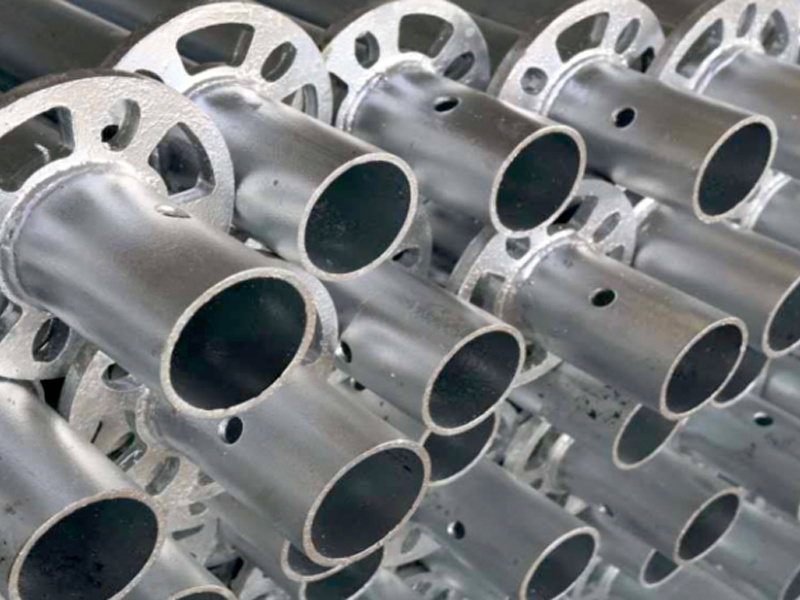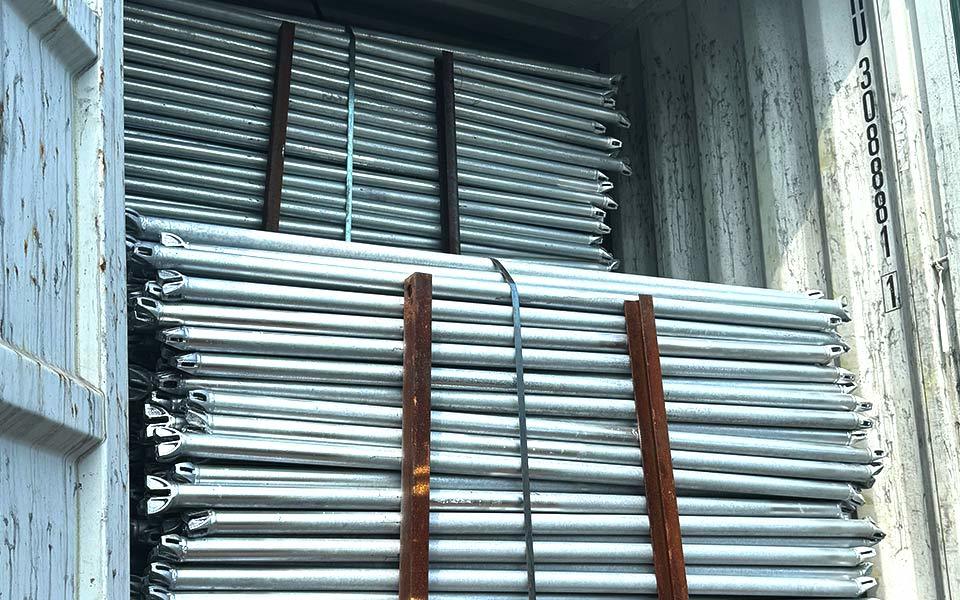Usage Methods and Precautions for Connecting Rods
Release time:
08 08:47:53
Choose the appropriate connecting rod: Before use, select the appropriate connecting rod based on the model and specifications of the scaffold, ensuring that parameters such as diameter and wall thickness meet the requirements.
Choose the appropriate connecting rod: Before use, select the appropriate connecting rod based on the model and specifications of the scaffold, ensuring that parameters such as diameter and wall thickness meet the requirements.
Correct connection: When connecting, the connecting rod should be inserted into the corresponding holes of the vertical rod, horizontal rod, or diagonal rod, and ensure that the locking device such as pins or clips can securely lock the connecting rod to prevent loosening or falling off.
Pay attention to inspection and maintenance: During use, regularly check the condition of the connecting rod to ensure there is no damage, deformation, or looseness. If any abnormalities are found, they should be replaced or repaired in a timely manner.
Follow safety regulations: When erecting and using scaffolding, strictly adhere to relevant safety regulations and operating procedures to ensure construction safety. Especially when working at heights, necessary safety protection measures should be taken to prevent accidents.
Key words:
Learn more about industry dynamics
There is a strong local logistics system to ensure safe and fast delivery of products. The company's products are widely used in construction, bridge tunnel, equipment installation, oil field, shipbuilding and other industries. won the recognition and praise of the vast number of users at home and abroad.
Contact
Responsible E-mail:
hx@stscaffold.com
Contact information of responsible person:
Win customer satisfaction with better service

Scan code to browse the official website
Learn more about scaffolding at any time
Message Form









